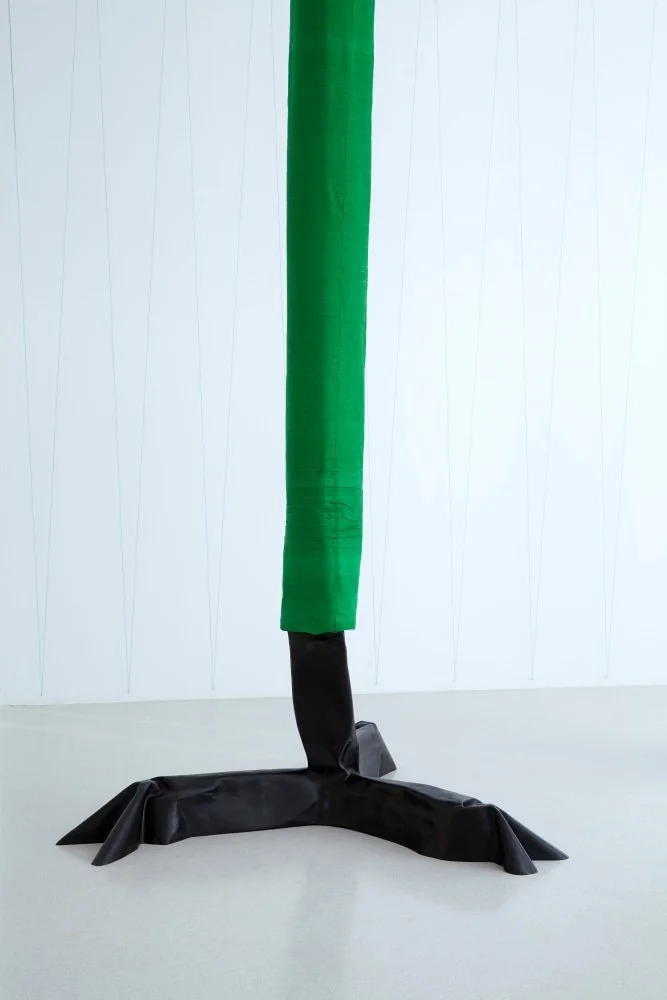Luciano Fabro
New York, 534 & 521 West 21st Street
Known for his poetic, visual sensibility and intuitive forms, Fabro (1936–2007) was a central figure in the movement to redefine sculpture in post-war Italy. Closely associated with Arte Povera and included in the group’s first exhibition in Genoa in 1967, Fabro described himself as the ‘heretic’ of the movement—a position which granted him a broad, collective sense of culture that extended beyond a single nation or time period to embrace nature, mythology, and antiquity. Like his fellow poveristi, Fabro’s hybrid practices and radical tautology of materials prompted apt comparisons with the anti-form tendencies of conceptual and process-oriented art. And while many of Fabro’s works align with the dematerializing sentiment that was in the air in the 1960s and 1970s, he is distinguished by the unapologetic sensuality of his sculptures, richly endowed with traditions of the classical past. The late Germano Celant, a long-time champion of Fabro’s work, elegantly summarized this contradiction: “[Fabro] was willing to churn the avant-garde waters with his outright indulgence in Baroque pleasures.”[1]
Luciano Fabro, Piede Senile II, 2000 white patinated bronze, clay and silk 33 1/2 x 15 3/4 x 39 3/8 in. (85 x 40 x 100 cm) (approx.)
Works from Fabro’s Computer series (1988–1996) will occupy the large gallery at 534 West 21st street. Fabricated from sections of metal framing and colored metal rods, these subtly elegant sculptural reliefs “seem to fly through the air,” in the artist’s words.[2] The exhibition will also include sculptures from Fabro’s celebrated Piedi (feet) series (1968-2000) shown alongside the delicate and inconspicuous wall installation, Penelope (1972), a pairing that was first exhibited at the Venice Biennale in 1972. Fabro’s major work L’Infinito (1989) will occupy the gallery at 521 West 21st Street. An industrial steel cable is placed directly on the floor and twisted to form the mathematical symbol of infinity, and its arches and central axis are grounded by eight pieces of Calacatta marble. “The idea of infinity is not everything [...],” Fabro said of this work, “There is more. There is something that goes beyond infinity.”[3] The fifty-four ceramic tiles that encompass Fabro’s Ceramiche (1981) will be hung on the surrounding walls. This will be the first time that L’Infinito and Ceramiche have been shown together since Fabro’s critically-acclaimed one-person exhibition at the Centre Pompidou, Paris, in 1996.







